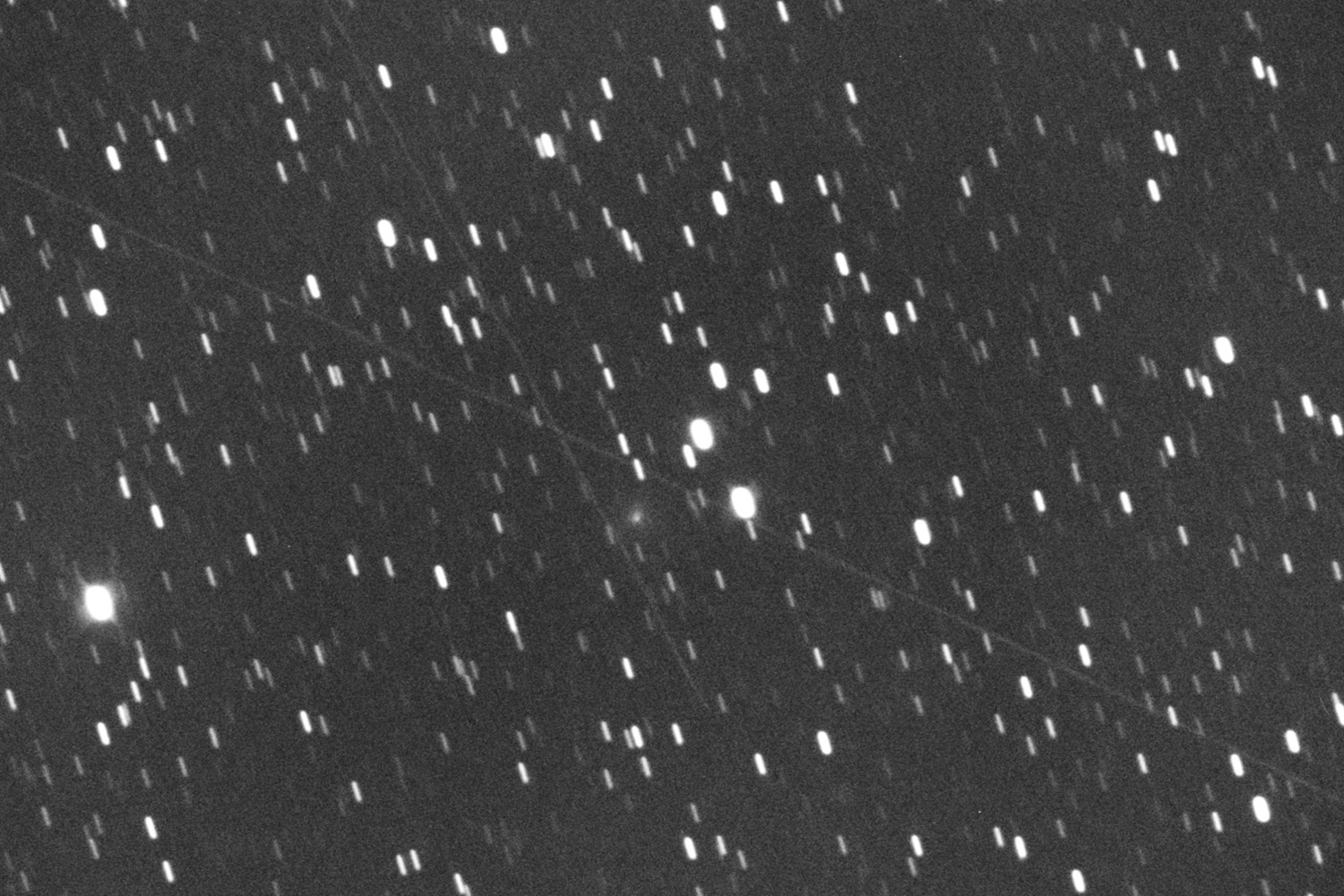At 14, Caroline Moore became the youngest person ever to discover a supernova. But months later, we’re still figuring out how her find, dubbed SN 2008HA, can actually exist, since it defies everything we thought we knew.
Moore is part of the amateur Puckett Observatory Supernova Search Team. According to Deer Pond Observatory:
It all came about at diner with Tim Puckett & Mike Peoples after the Friday’s opening of NEAIC 2008. Tim was telling us about the search team and the fact that the team had the youngest person to discover a SN. Her name was Jennifer and she was 16 ( it turns out she was 18 but Caroline did not know that until after her find ) Hearing that a 16 year old had found a supernova, she pronounced ” I could beat her”. Timmy said it would take a lot of work, but if you think you’re up to it I’ll sign you up. So at the ripe old age of 13 Caroline started her hunt
That was the beginning of a long eight months. First she had to get a new computer and install all the software then work with Mike Peoples to learn how to get the data and what to do with it.
On November 6,2008 Caroline spotted something odd in one of the data files of distant galaxy UGC 12682, located in the constellation Pegasus. The image of the object was very faint but she noticed some pixels off to one side of the galaxy that made her suspicious, Caroline did all the checks and ran it through all the data basis. “I’m going to send it in. I think it’s something,” she told her Dad. It took couple nights until the team could get a confirmation image and it looked like her suspicions were confirmed.
Her discovery did indeed turn out to be a supernova, but it goes against all the rules we thought we knew. For example, it’s in a galaxy that’s in the process of “eating itself,” UGC 12682, where supernovas don’t usually occur. It’s also one of the least luminous supernovas ever detected, and scientists haven’t found any evidence of hydrogen, which usually turns up around dimmer supernovas. Now scientists are theorizing that the lack of hydrogen may stem from the fact that this was a massive star that lost mass. Perhaps its core collapsed into a black hole without transferring any energy to the outer layers of the star. Says Stefano Valenti with Queens University Belfast:
The implications are quite important. If this is a massive star explosion, then it is the first one that might fit the theoretical models of massive stars that lose their outer layers through their huge luminosity pressure and then, perhaps, collapse to black holes with a whimper
It’s pretty cool that an amateur teenager can discover something that keeps the experts guessing.













